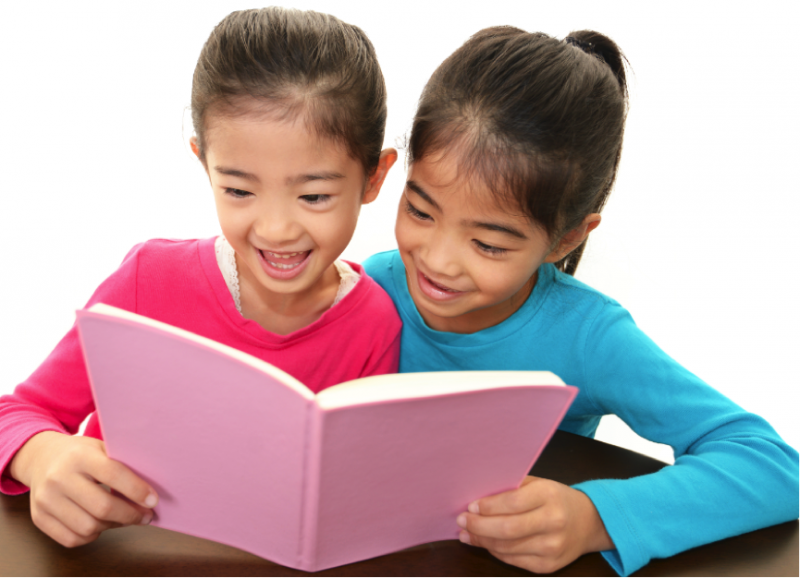The Rhythm for Reading blog
The Joy of Teamwork
15 March 2015By nine years of age, children have assimilated a vast amount of information about their culture simply by learning through experience. Enculturation is a particularly powerful form of deep learning that shapes children’s attitudes and perceptions of the world in which they are growing up. Through working in many schools, I’ve observed that by the age of nine years, children have, through this process of enculturation developed a strong emotive response to the concept of ‘teamwork’.
A few months ago, I sat down on the floor of the school hall with ten children as they embarked on their first Rhythm for Reading group teaching session. I explained that we would be doing lots of teamwork. Four of the children said “Yessss” in a loud stage whisper and wriggled in delight, huddling cosily together. The others looked at me in complete horror. Although they sat quietly, their sharply drawn breath, their tense shoulders and stunned faces communicated their utter dread of teamwork clearly enough.Obviously, when a teacher chooses two team captains and tells them to pick teams in front of the class for a games lesson, each child’s worth or ‘value’ to their peers is revealed. To be picked first for a team is a deep honour and to be picked last, a deep humiliation. Presumably, these feelings have an enhancing or diminishing influence on the child’s performance in the team, but these experiences will over time impact on a child’s self-esteem. This harmful practice can be avoided by asking the team captains to privately pick their teams from a list of names at the teacher’s desk.
Musical teamwork on the other hand is highly inclusive and ensures that nobody is first and nobody is last. In the same way that every fish in a shoal will suddenly change direction at exactly the same time, musical teamwork requires that all students contribute in the appropriate way and at exactly the right time. In the Rhythm for Reading programme, the main priority is that the students work together confidently, collectively and synchronously, an approach that is underpinned by published research (Long, 2008; Long & Hallam, 2012; Long, 2014). Neuroscientists (Bhide, Power & Goswami, 2013) confirm that learning collectively in this way, i.e. via ‘entrainment’ has a statistically significant and powerful impact on academic attainment, as detailed in this recently published report by the Cambridge Primary Review Trust. http://tscouncil.org.uk/wp-content/uploads/2015/03/COMPLETE-REPORT-Goswami-Childrens-Cognitive-Development-and-Learning.pdf

Bhide, A., Power, A.J., & Goswami, U. (2013). A rhythmic musical intervention for poor readers: A comparison of efficacy with a letter-based intervention.Mind, Brain and Education 7(2), 113-23.
Long, M (2014) “I can read further and there’s more meaning while I read”: An exploratory study investigating the impact of a rhythm-based music intervention on children’s reading, Research Studies in Music Education, 36(1) 107-124.
Long, M and Hallam, S. (2012). Rhythm for Reading: A rhythm-based approach to reading intervention, Proceedings of Music Paedeia: From Ancient Greek Philosophers Toward Global Music Communities, pp.221-232, 30th ISME World Conference on Music Education, 15-20 July, Thessaloniki, Greece.
Long, M. (2008) A Rhythmic View of Reading: From word recognition to reading comprehension, A submission to ippr’s Britain’s Got Brains Competition, Institute of Public Policy Research. www.ippr.org.uk/researchthemes/education
